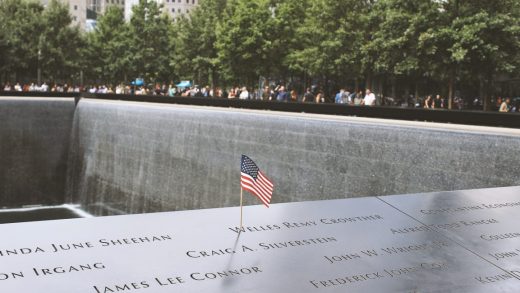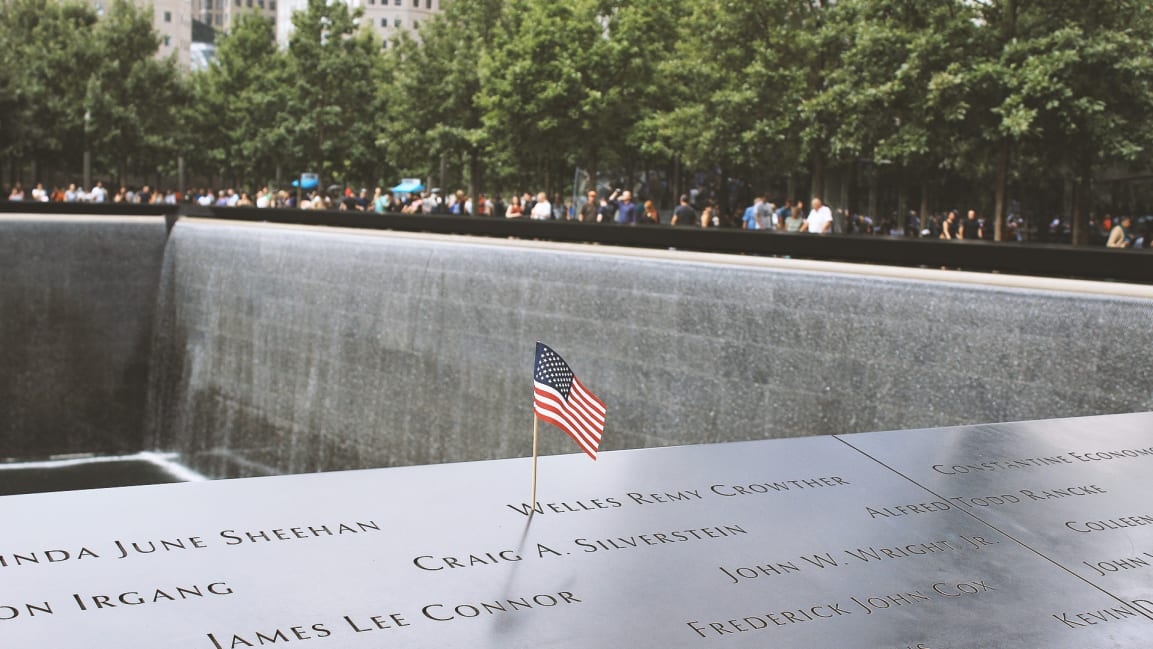9/11 passes without any major screwups from brand Twitter—almost
As Americans’ social media feeds are filled with #NeverForget hashtags today to commemorate the terrorist attacks of September 11, 2001, one thing is markedly absent: tone-deaf tweets and posts from popular consumer brands.
The 9/11s of years past have seen everything from a Los Angeles Lakers tweet showing superstar Kobe Bryant sporting a commemorative ribbon and U.S. flag to AT&T’s infamous photo of a smartphone capturing an image of the Tribute in Light, which represents the destroyed Twin Towers.
Other notable gaffes include the Pittsburgh Penguins’ use of the phrase “blow up” in an unrelated context, but on September 11, 2014. Also related, thanks to the iconic 9/11 photo of three firefighters raising an American flag at Ground Zero (a chilling echo of the Pulitzer Prize-winning photo of Marines doing the same thing on Iwo Jima in 1945), is the Pearl Harbor Day 2013 tweet by SpaghettiOs, which showed cartoon pasta holding a flag at a similar angle.
But this year, major brands seem to have learned their lesson. Better to retweet a neutral expression of remembrance—or to do nothing. Is it a sign that social media teams are becoming more sensitive, or just more sophisticated?
“This was one of the first major events that took place that could’ve been shared on social media by a brand, so it’s one of the first cases of social media and how to deal with a national tragedy,” says Jennifer Grygiel, assistant professor of communications at Syracuse University.
Staying too quiet can backfire too. Business-as-usual corporate tweeting may suggest a callousness toward a day that still brings immense pain for many Americans, especially those on the East Coast near the three sites where the hijacked planes crashed, the World Trade Center in Manhattan, the Pentagon, and Shanksville, Pennsylvania.
“You don’t want to be seen as making money off this,” says Grygiel. “The strategy might be to remain silent. It avoids things like risk and getting it wrong, like AT&T. You don’t want to be pushing out other content, because then you look like you’re ignoring it.”
Robert Passikoff, founder of Brand Keys, a New York-based brand research consultancy, credited the more surefooted 9/11 approach this year to more experience and the passage of time.
The day wasn’t completely without incident, however: One noteworthy blip came from Ledo Pizza. The Annapolis, Maryland-based regional pizza chain with more than 100 locations tweeted #NeverForget with a photo of its square pizza topped with olives and pepperoni to look like the American flag. The tweet was met with quick derision, and, like the other brands in years past, Ledo deleted it and apologized.
“Our Twitter post was never intended to diminish the gravity of September 11th and has since been removed,” the company said in a statement. “Again, if you are familiar with Ledo Pizza, you know that we would never intentionally do anything to dishonor our flag and we hope that you can find it in your heart to forgive us for this misstep.”
That the faux-pas post came from a smaller brand didn’t surprise Passikoff. The big players have entire social-media departments dedicated to maintaining a dulcet branding tone, he notes. Staffers are among the best in the business; avoiding corporate gaffes is part of that.
“At most larger organizations, there are enough checks and balances and enough of a corporate memory where people are being careful,” Passikoff says.
Many of the brand posts today were neutral—a flag, a solemn photo from the day, a meaningful graphic. Absent were cheap tie-ins and corporate logos superimposed over September 11 imagery. And, of course, no 9/11-related snark.
“The watchword should be respect,” says Passikoff. “The watchword should be care—both of your brand and of the moment. Because although there are consumers now who weren’t there at the time, this is a moment in our history that isn’t going away. Brands had better learn how to deal with it well, or consumers will make them pay for it.”
(10)



